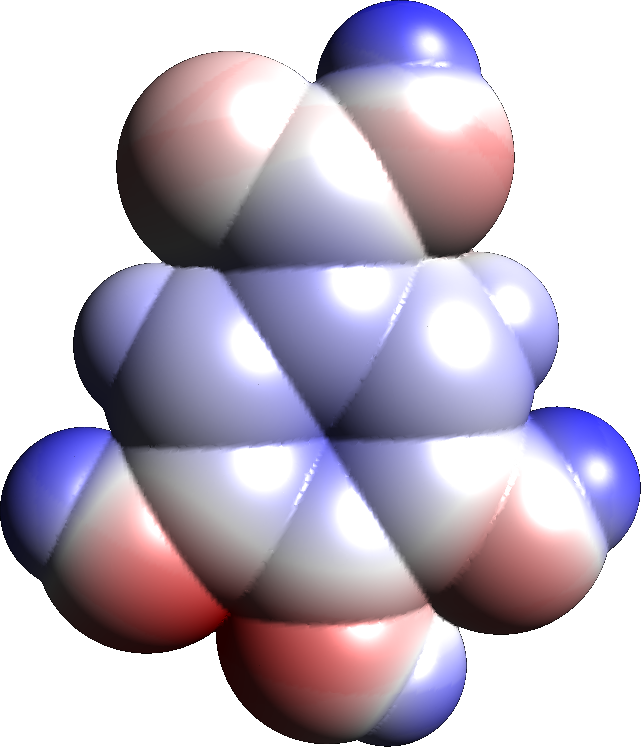|
C7H6O5
The molecular formula C7H6O5 (molar mass: 170.12 g/mol, exact mass: 170.021523 u) may refer to: * Gallic acid, a phenolic compound * Phloroglucinol carboxylic acid Phloroglucinol carboxylic acid is a trihydroxybenzoic acid, a type of phenolic acid. It is produced by ''Pseudomonas fluorescens''. It is a catechin degradation product excreted by the bacterium ''Acinetobacter calcoaceticus'', a species of bacte ..., a phenolic compound {{MolFormDisambig Molecular formulas ... [...More Info...] [...Related Items...] OR: [Wikipedia] [Google] [Baidu] |
Phloroglucinol Carboxylic Acid
Phloroglucinol carboxylic acid is a trihydroxybenzoic acid, a type of phenolic acid. It is produced by ''Pseudomonas fluorescens''. It is a catechin Catechin is a flavan-3-ol, a type of secondary metabolite providing antioxidant roles in plants. It belongs to the subgroup of polyphenols called flavonoids. The name of the catechin chemical family derives from '' catechu'', which is the ta ... degradation product excreted by the bacterium '' Acinetobacter calcoaceticus'', a species of bacteria part of the human body normal flora, grown on catechin as sole source of carbon. It is also found in wine.C. García Barroso, R. Cela Torrijos and J. A. Pérez-Bustamante: ''HPLC separation of benzoic and hydroxycinnamic acids in wines'', Chromatographia, Volume 17, Number 5, pages 249–252, . References Trihydroxybenzoic acids Phloroglucinols {{aromatic-stub ... [...More Info...] [...Related Items...] OR: [Wikipedia] [Google] [Baidu] |
Gallic Acid
Gallic acid (also known as 3,4,5-trihydroxybenzoic acid) is a trihydroxybenzoic acid with the formula C6 H2( OH)3CO2H. It is classified as a phenolic acid. It is found in gallnuts, sumac, witch hazel, tea leaves, oak bark, and other plants. It is a white solid, although samples are typically brown owing to partial oxidation. Salts and esters of gallic acid are termed "gallates". Isolation and derivatives Gallic acid is easily freed from gallotannins by acidic or alkaline hydrolysis. When heated with concentrated sulfuric acid, gallic acid converts to rufigallol. Hydrolyzable tannins break down on hydrolysis to give gallic acid and glucose or ellagic acid and glucose, known as gallotannins and ellagitannins, respectively. Biosynthesis Gallic acid is formed from 3-dehydroshikimate by the action of the enzyme shikimate dehydrogenase to produce 3,5-didehydroshikimate. This latter compound aromatizes. Reactions Oxidation and oxidative coupling Alkaline solutions ... [...More Info...] [...Related Items...] OR: [Wikipedia] [Google] [Baidu] |
Molecular Formula
In chemistry, a chemical formula is a way of presenting information about the chemical proportions of atoms that constitute a particular chemical compound or molecule, using chemical element symbols, numbers, and sometimes also other symbols, such as parentheses, dashes, brackets, commas and ''plus'' (+) and ''minus'' (−) signs. These are limited to a single typographic line of symbols, which may include subscripts and superscripts. A chemical formula is not a chemical name, and it contains no words. Although a chemical formula may imply certain simple chemical structures, it is not the same as a full chemical structural formula. Chemical formulae can fully specify the structure of only the simplest of molecules and chemical substances, and are generally more limited in power than chemical names and structural formulae. The simplest types of chemical formulae are called '' empirical formulae'', which use letters and numbers indicating the numerical ''proportions'' of atom ... [...More Info...] [...Related Items...] OR: [Wikipedia] [Google] [Baidu] |
